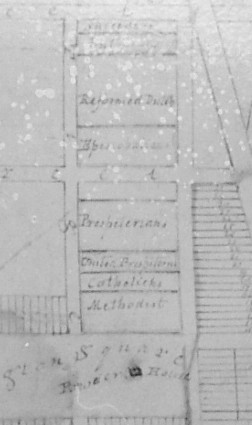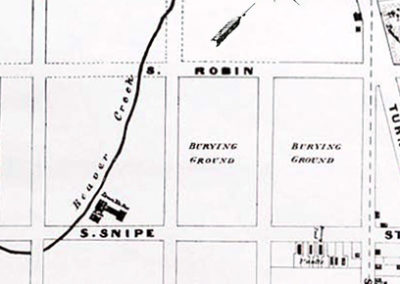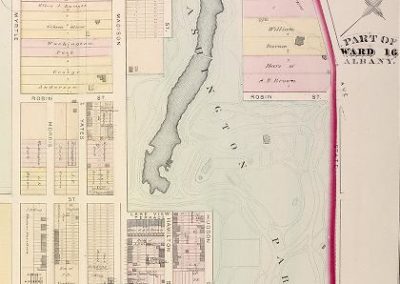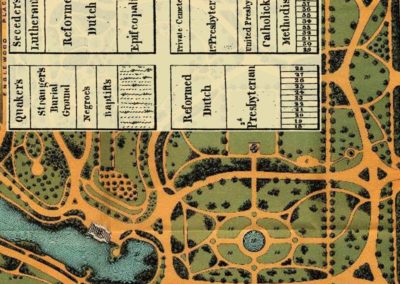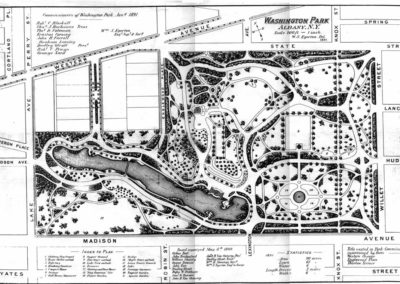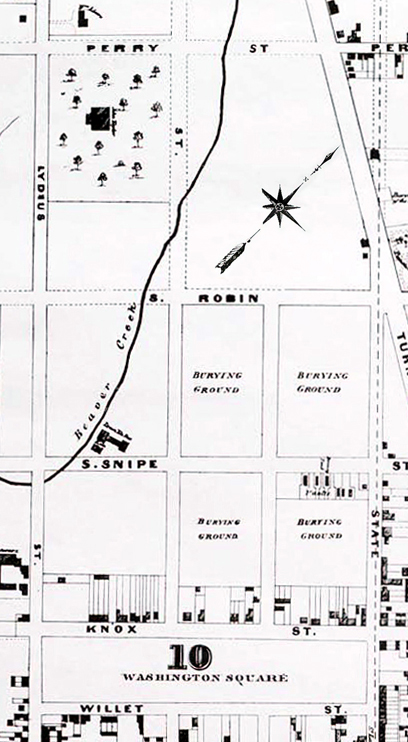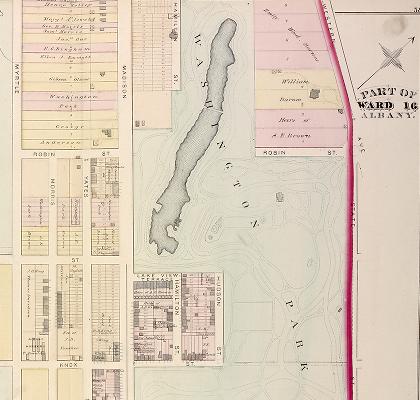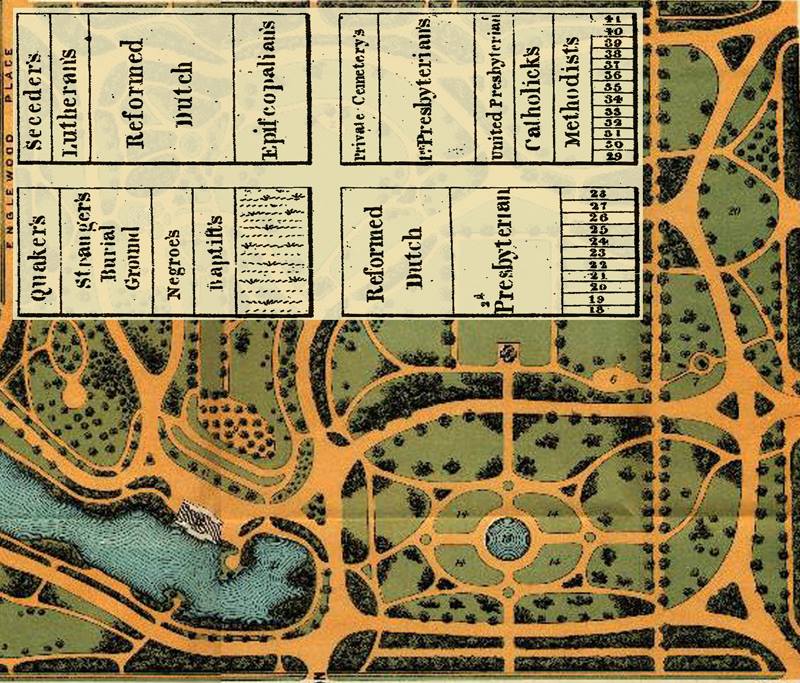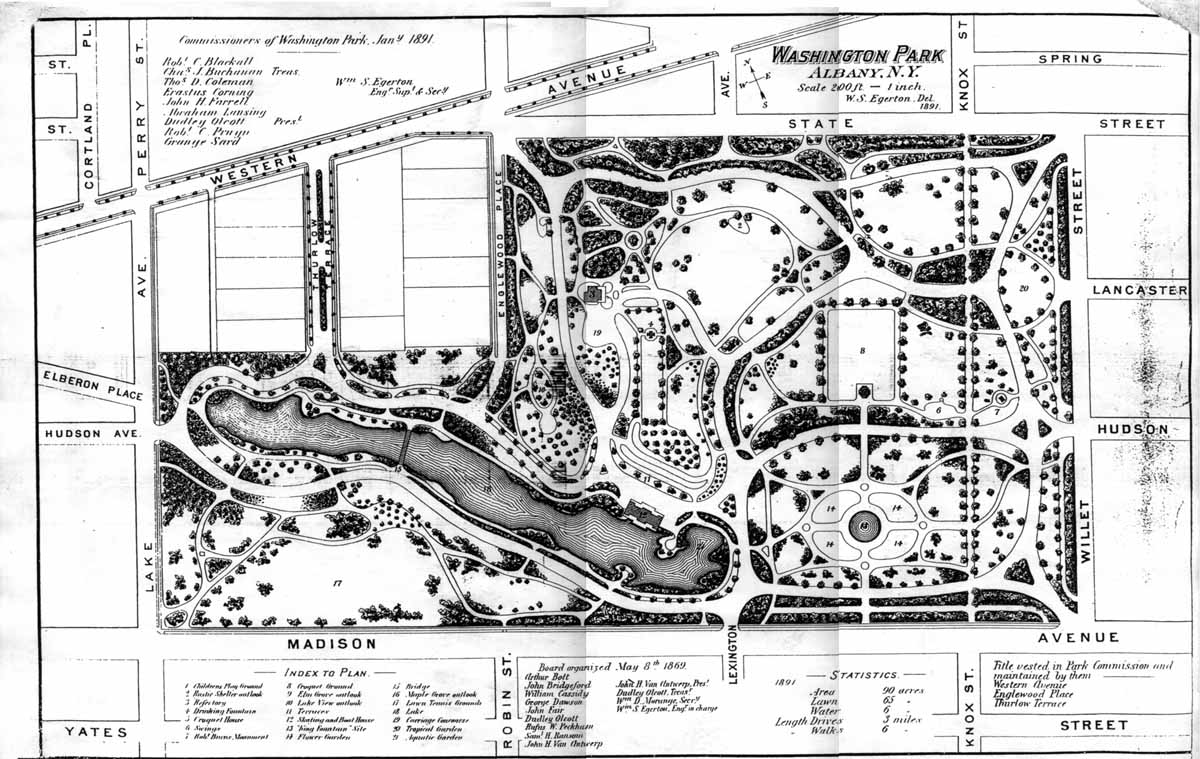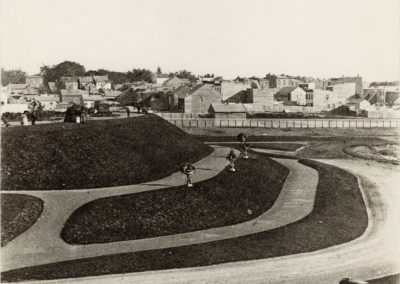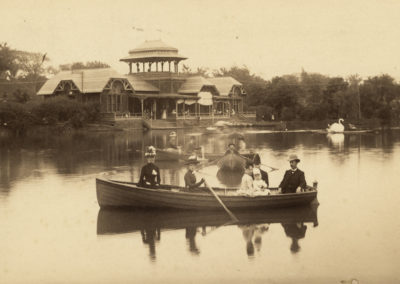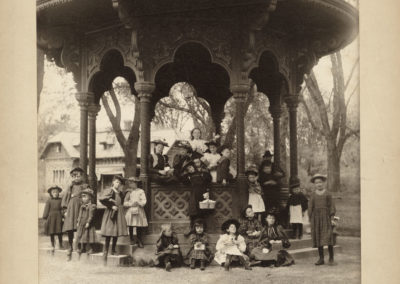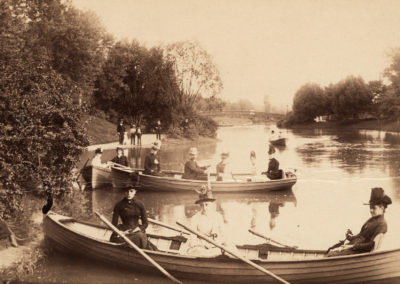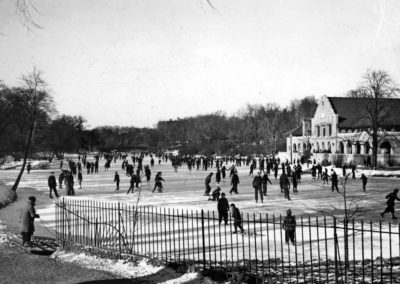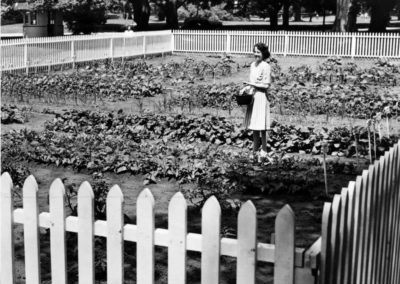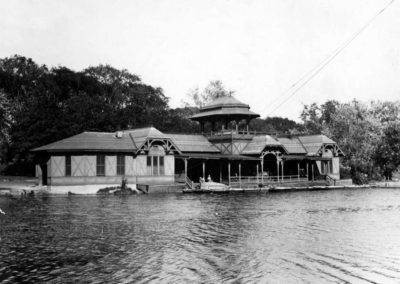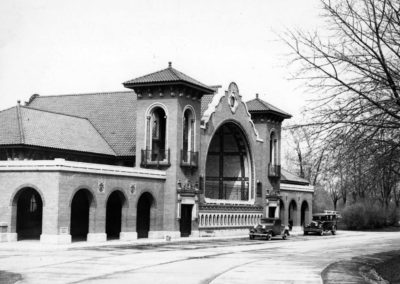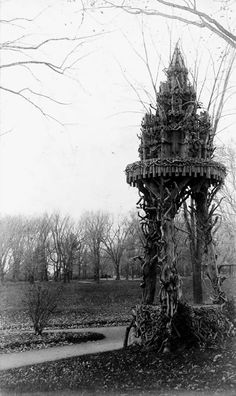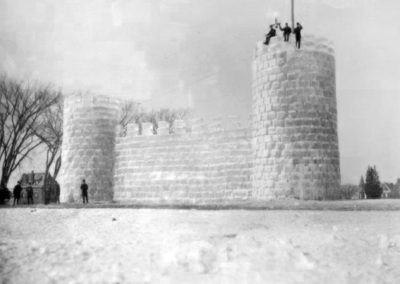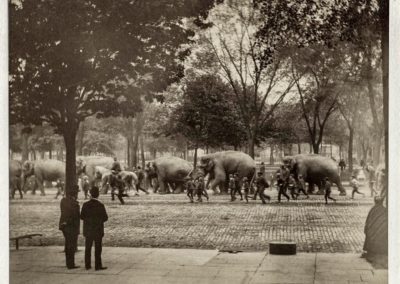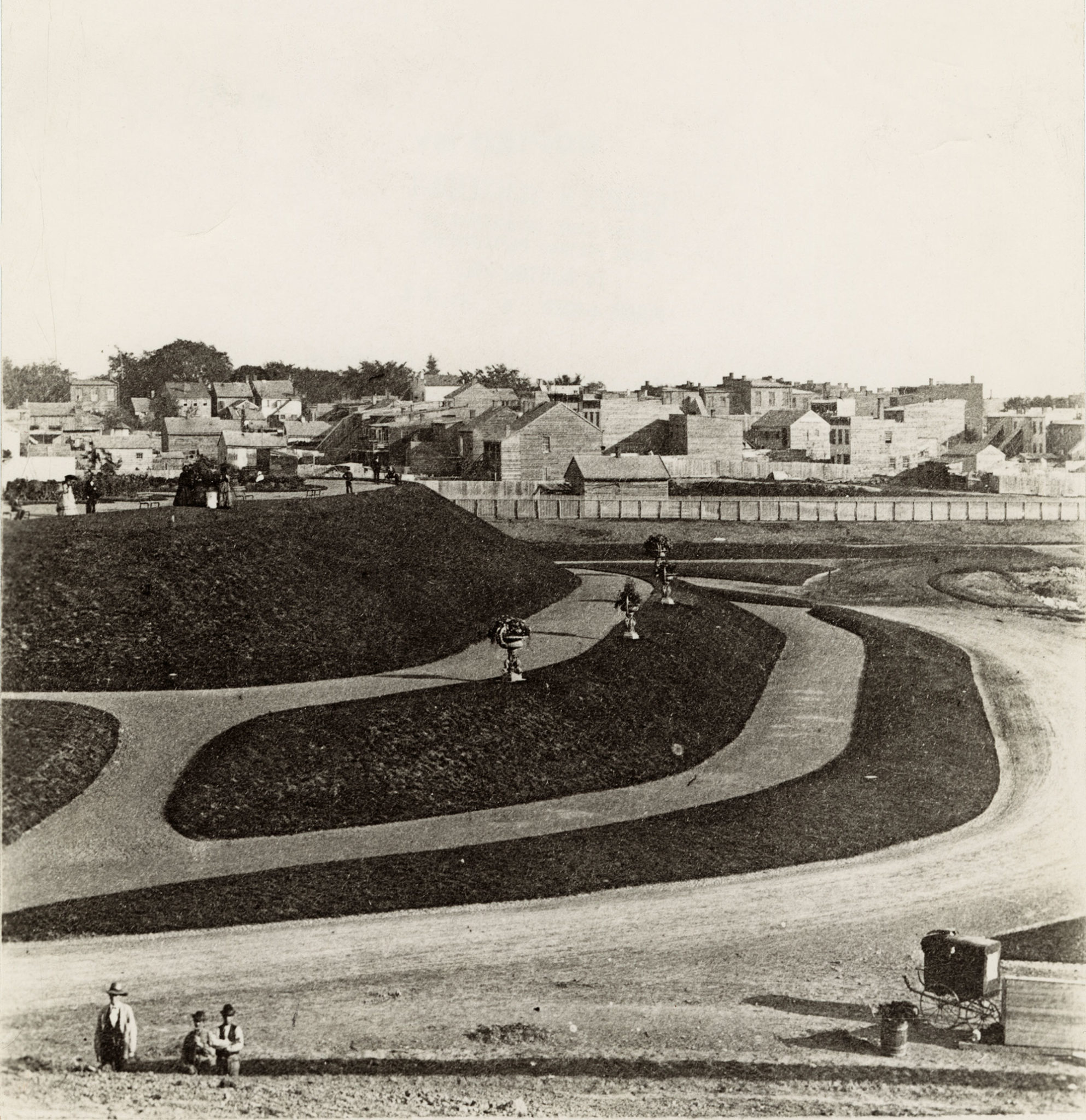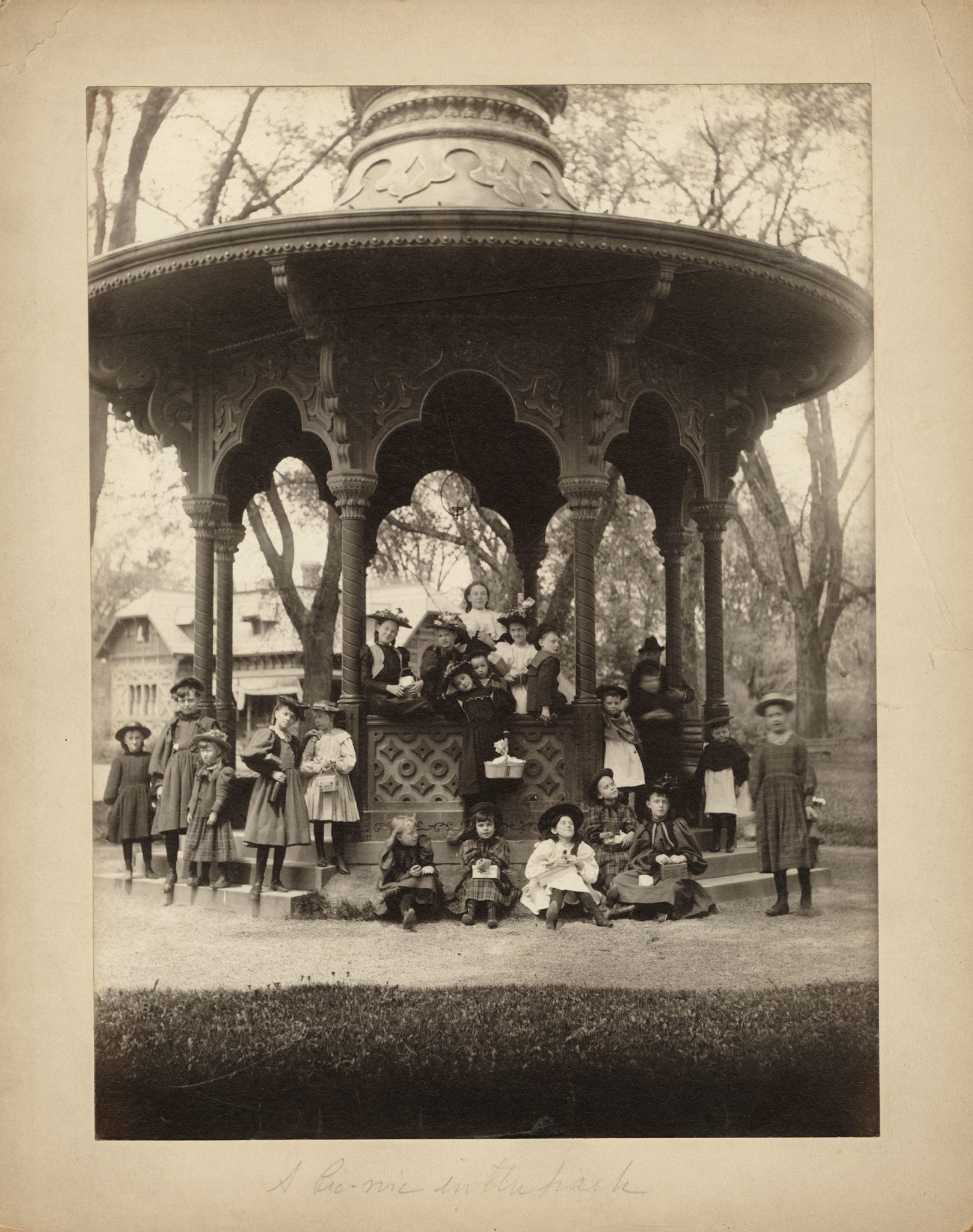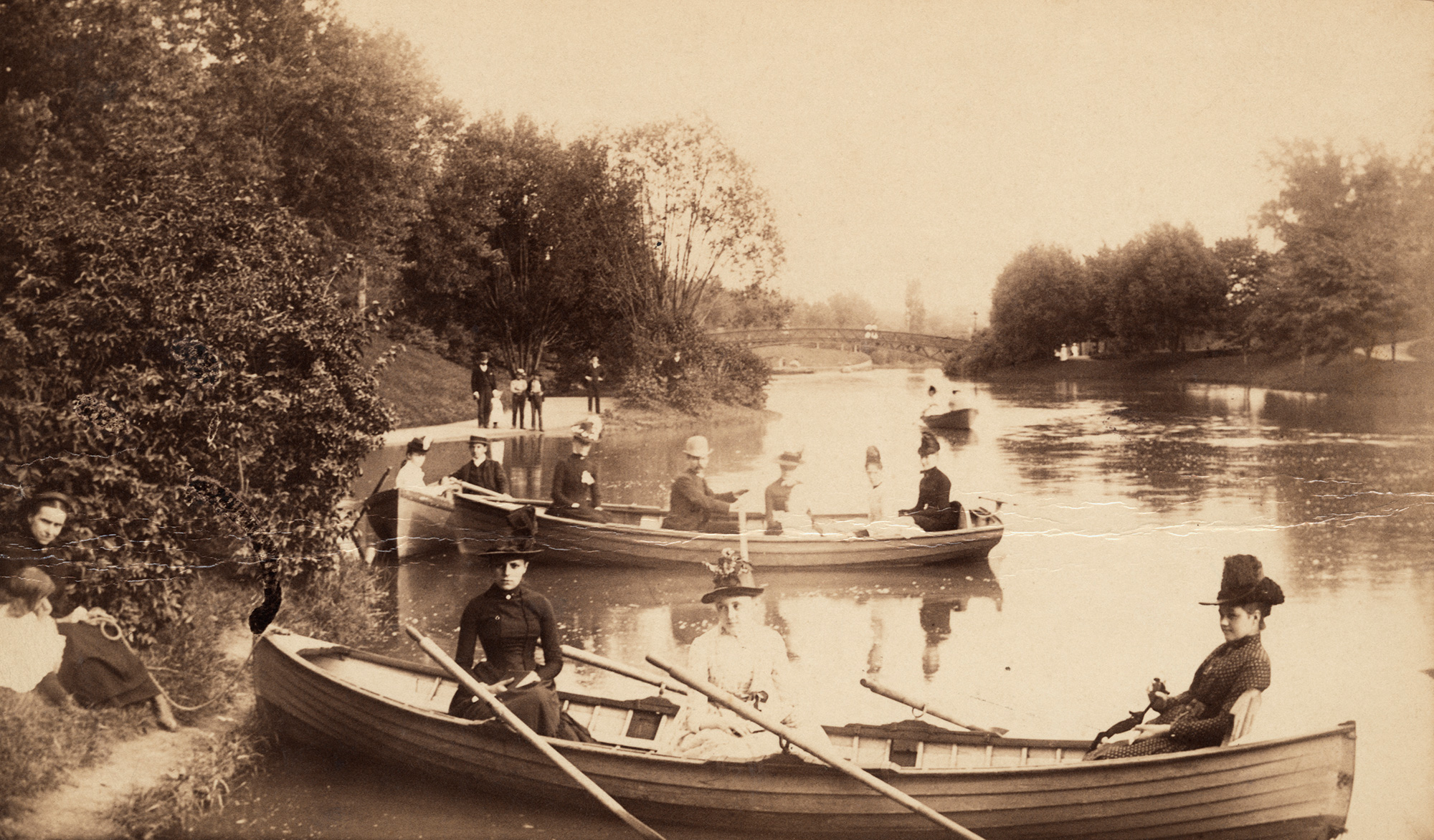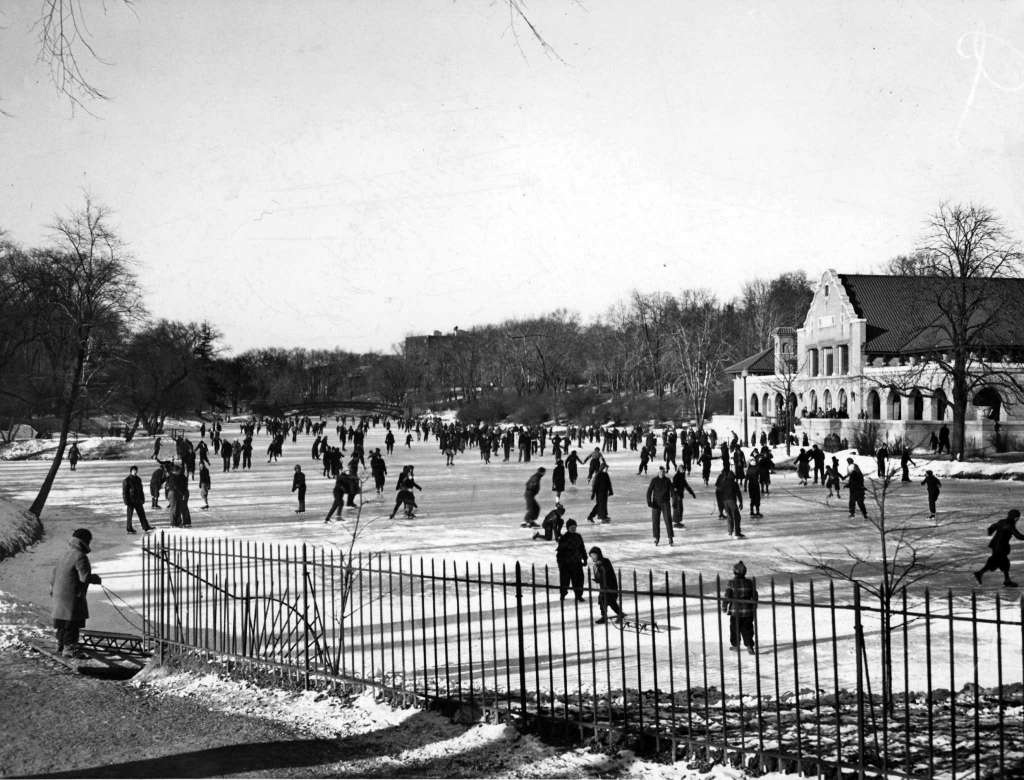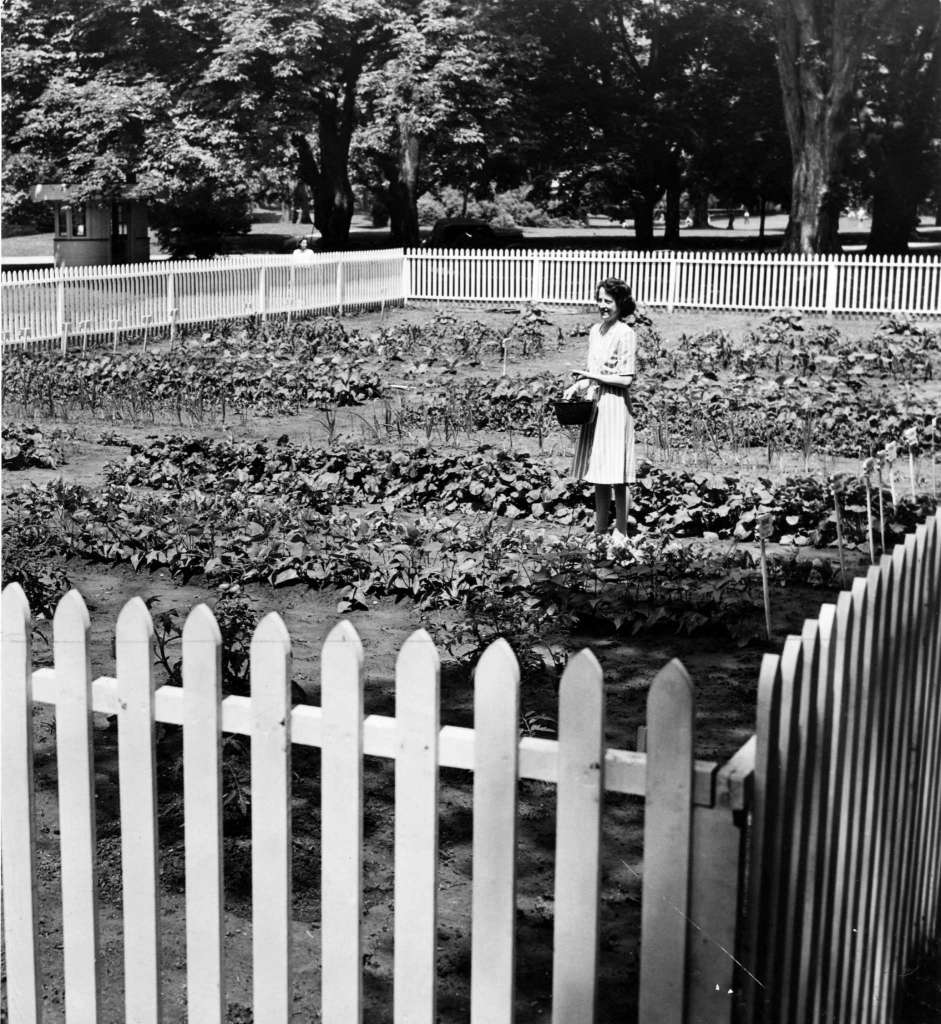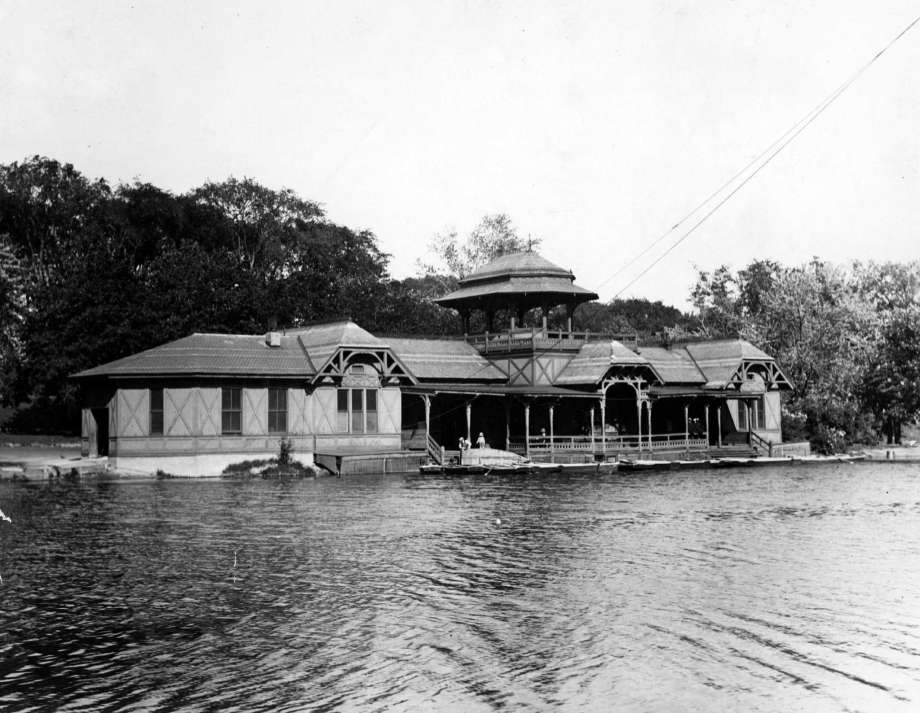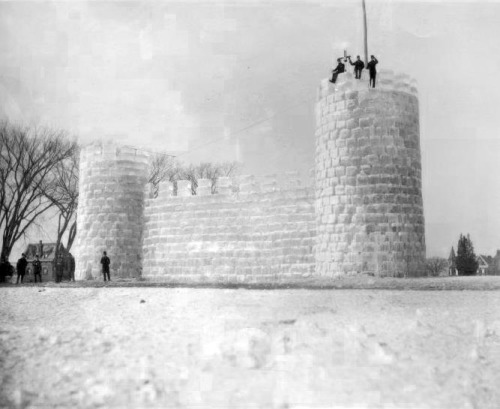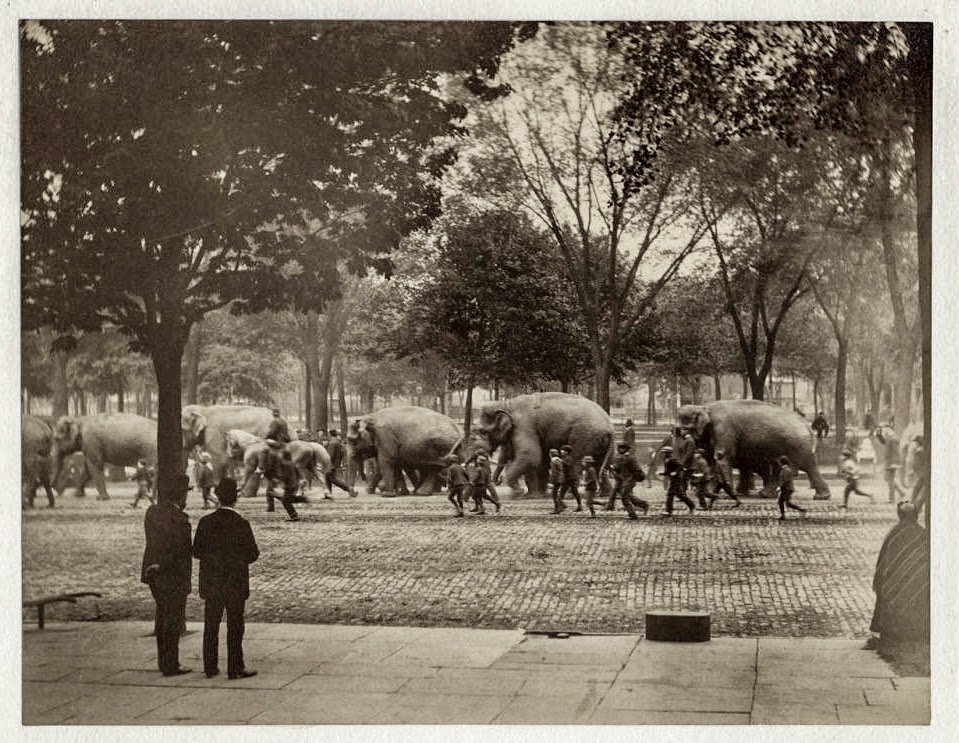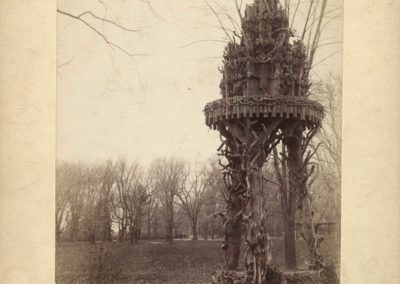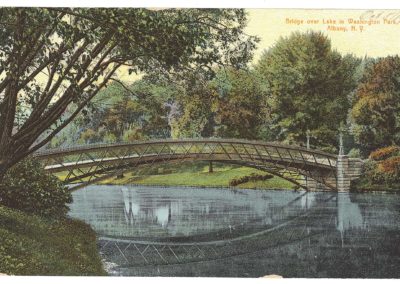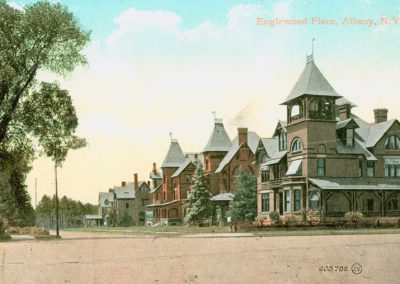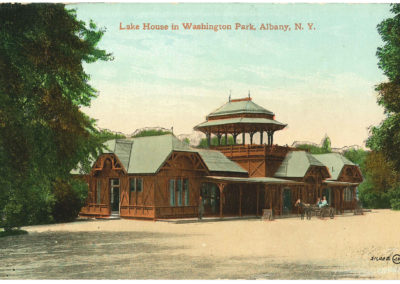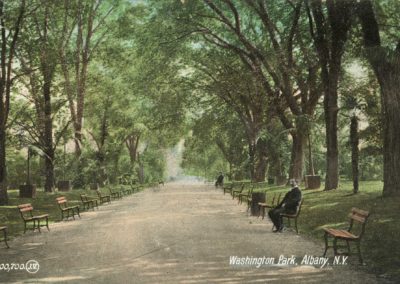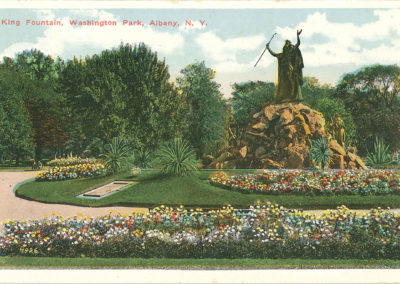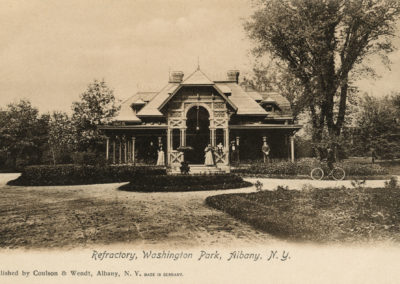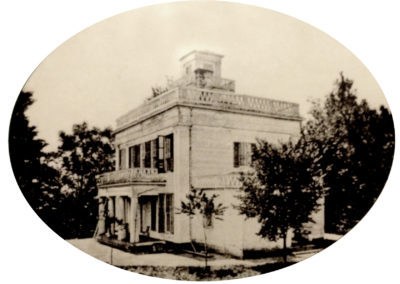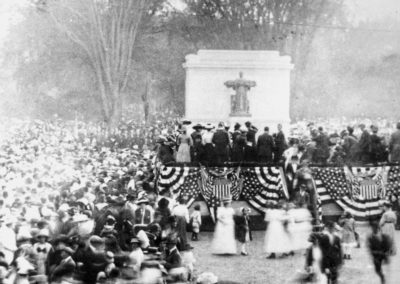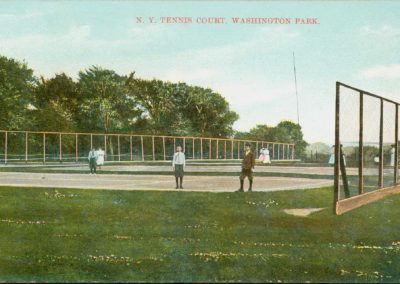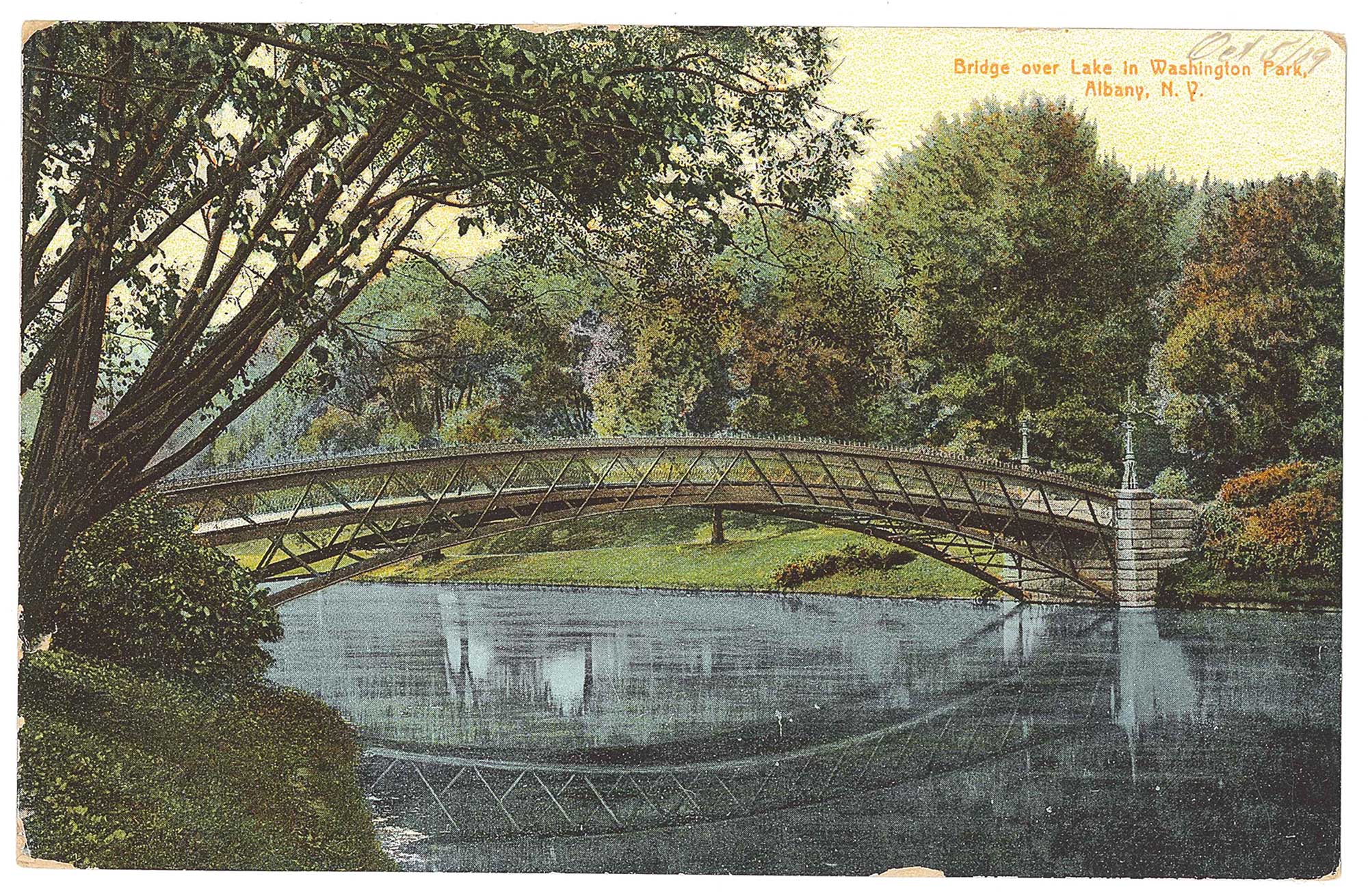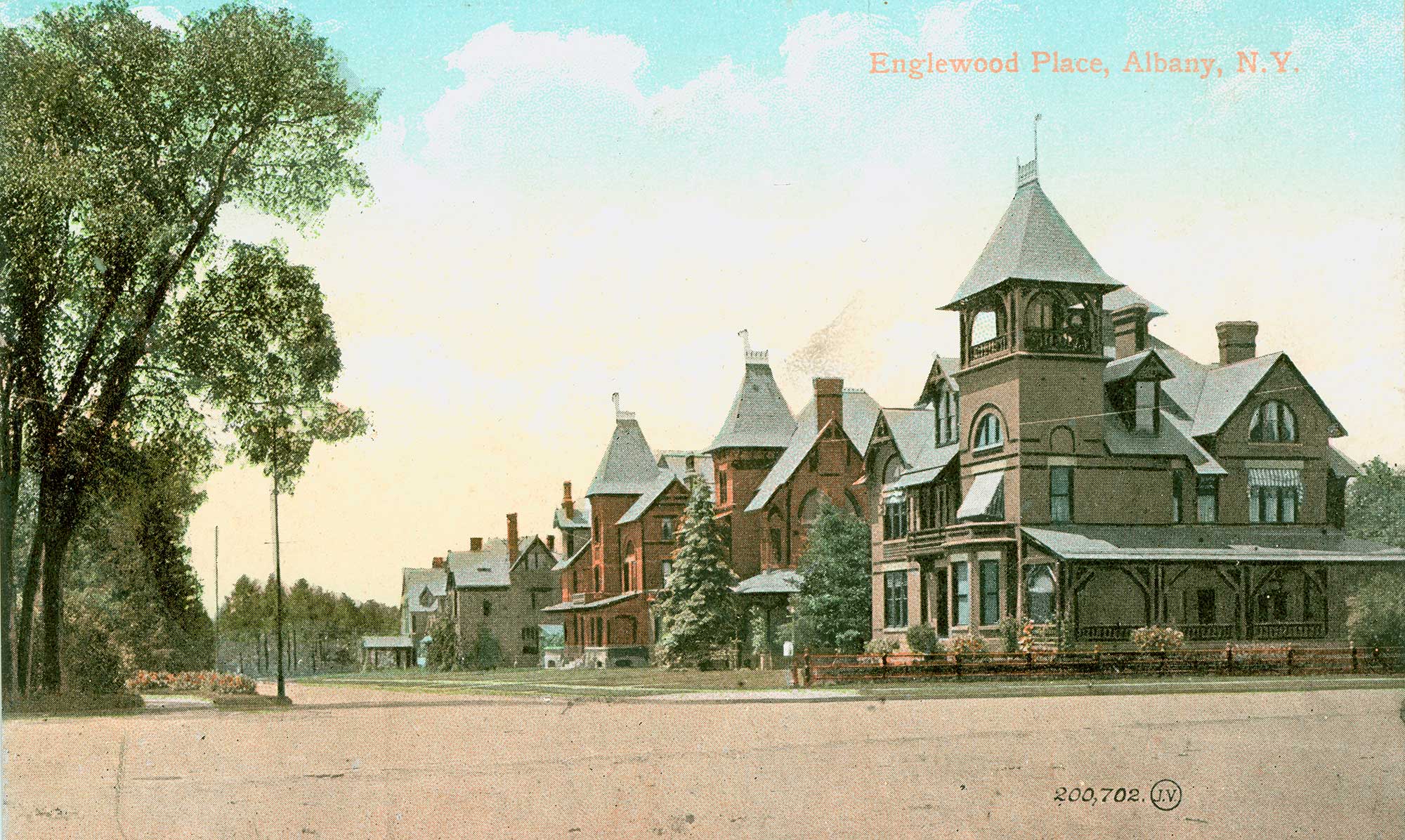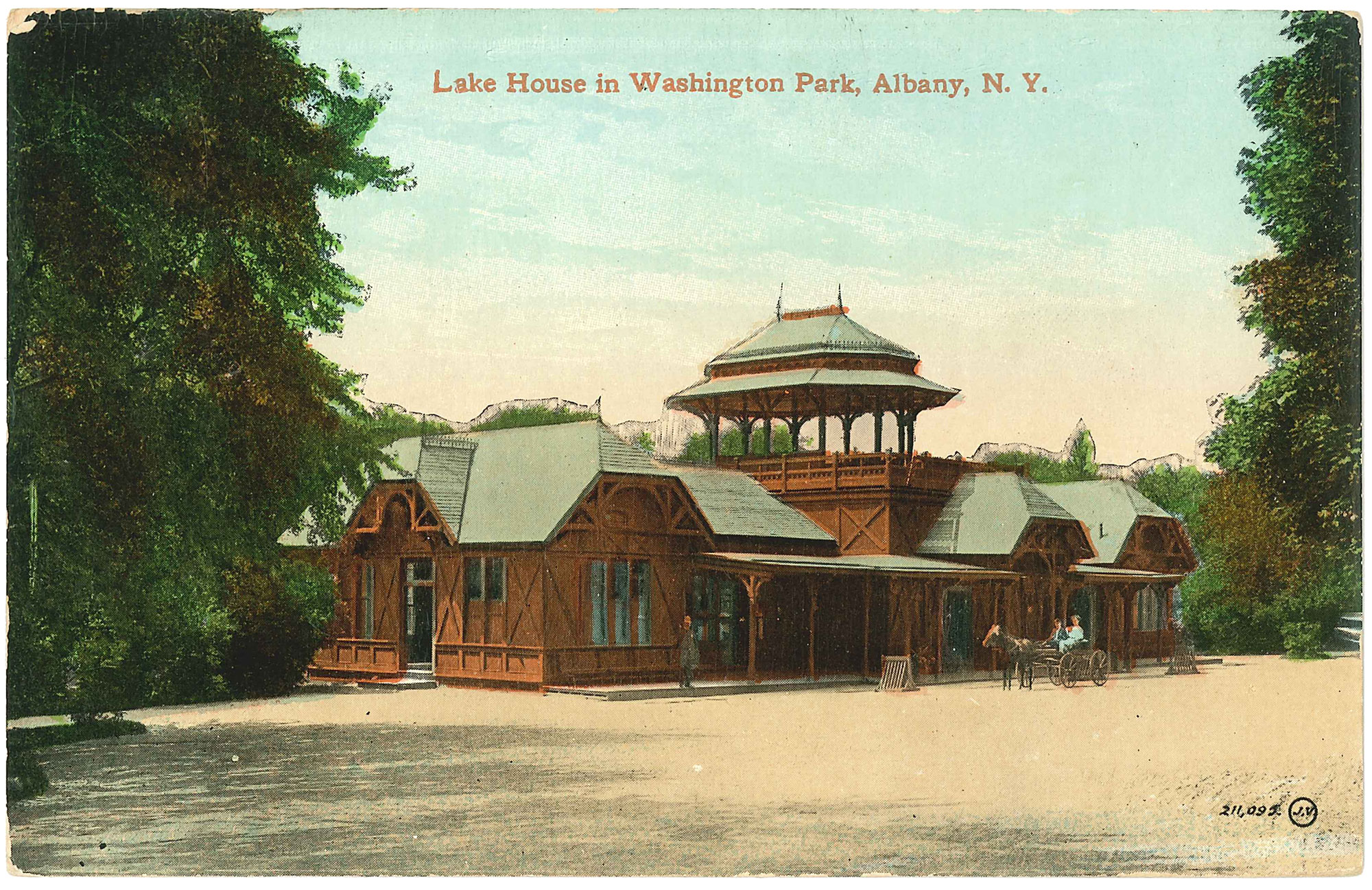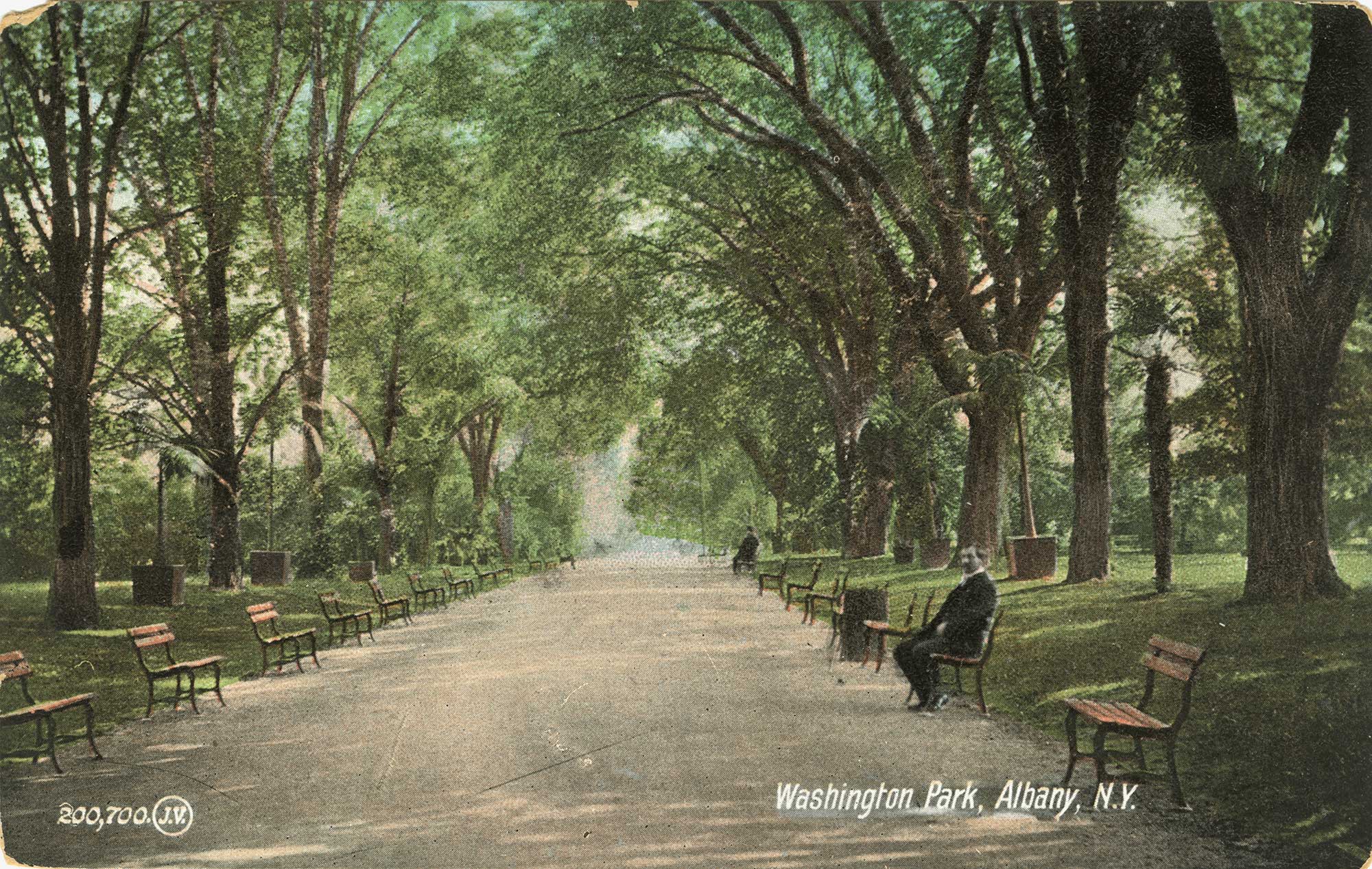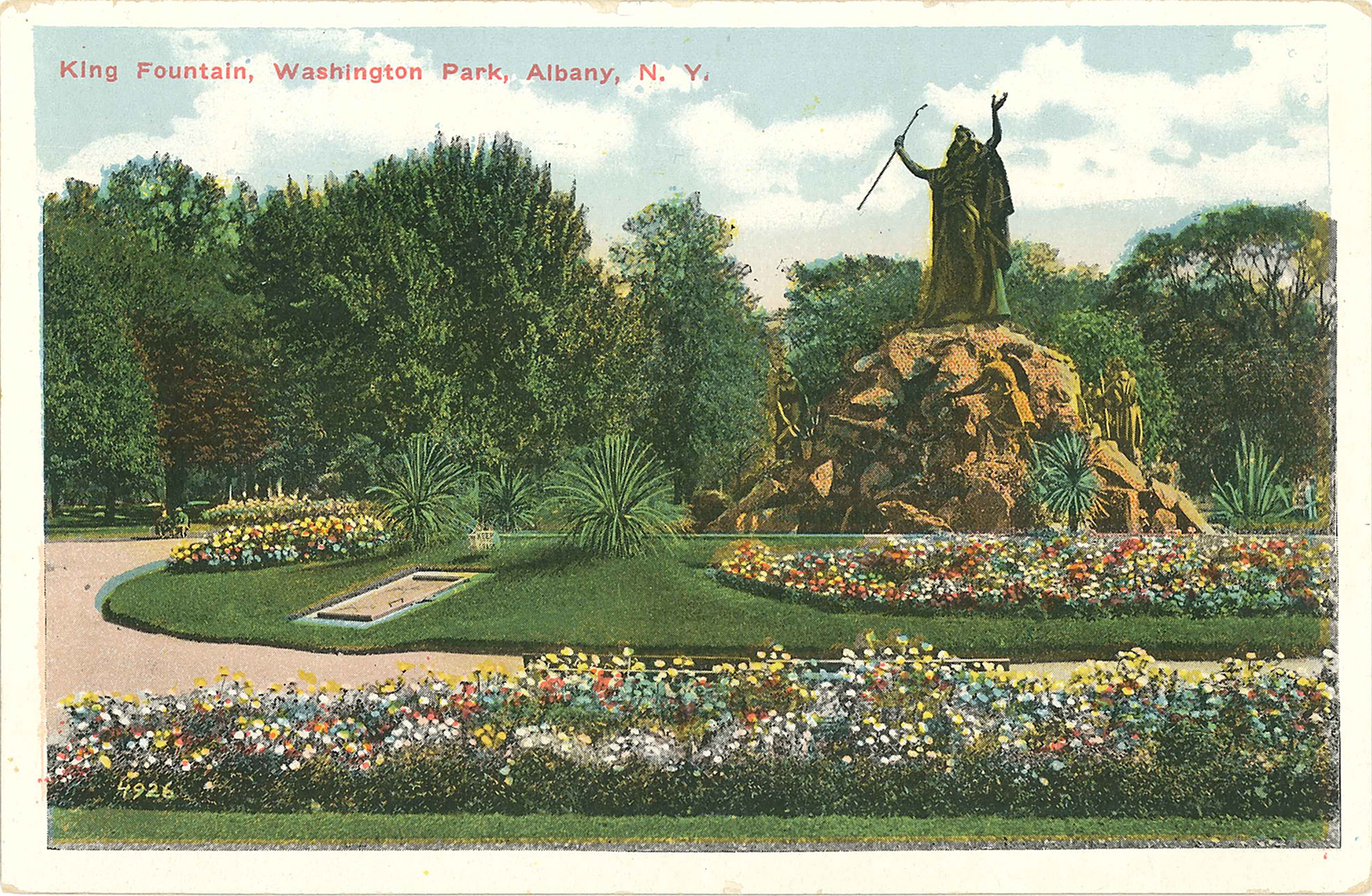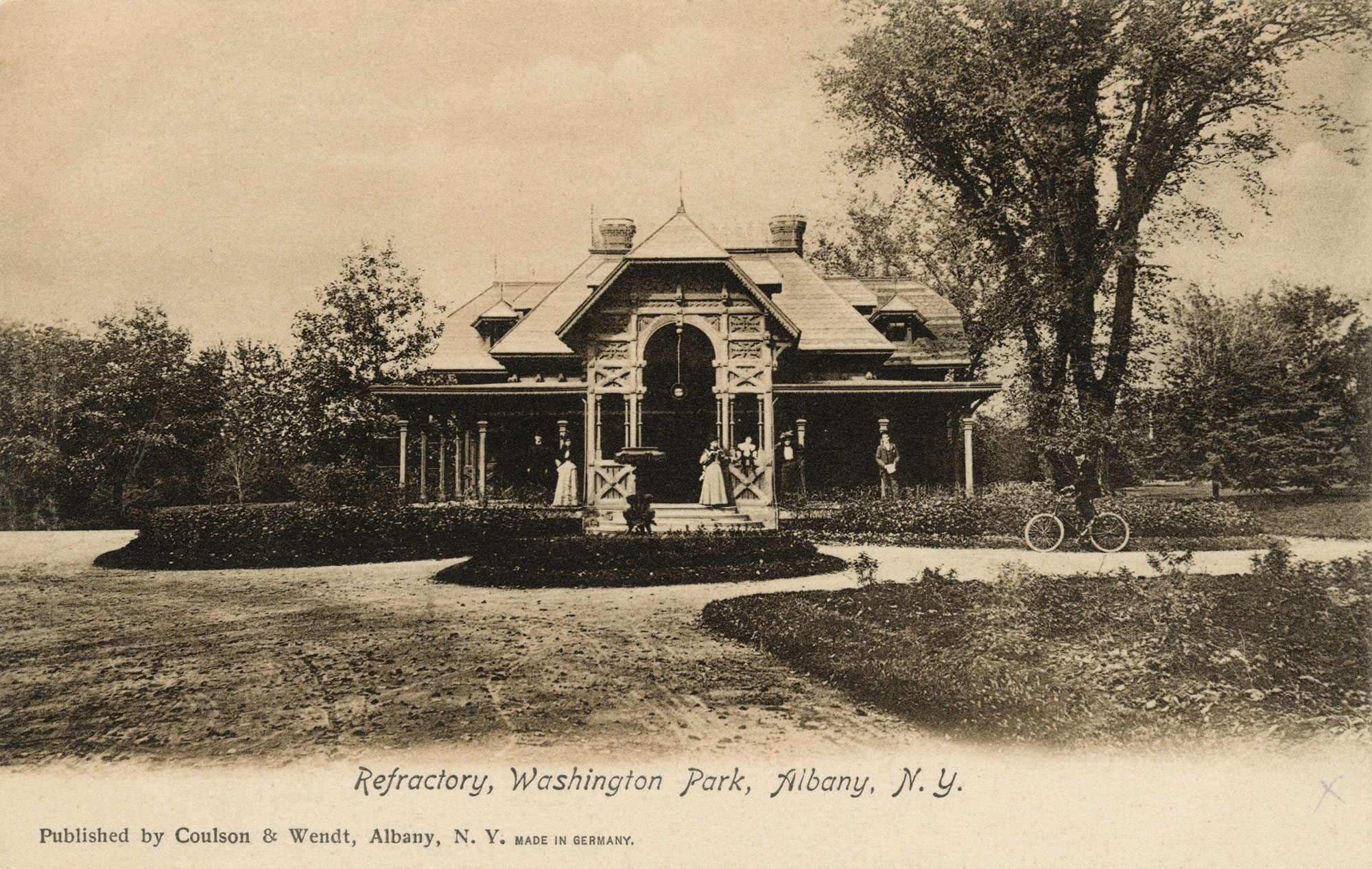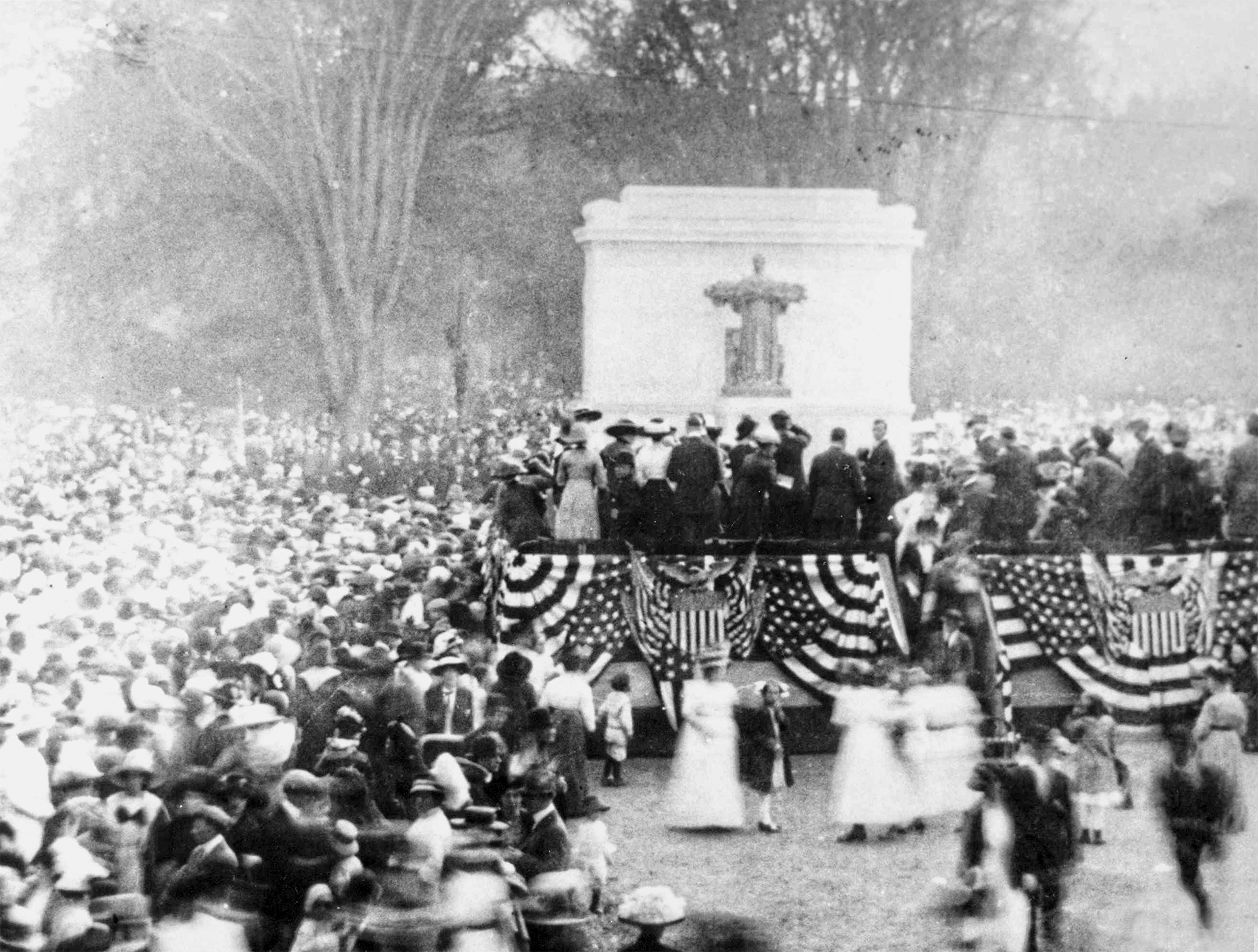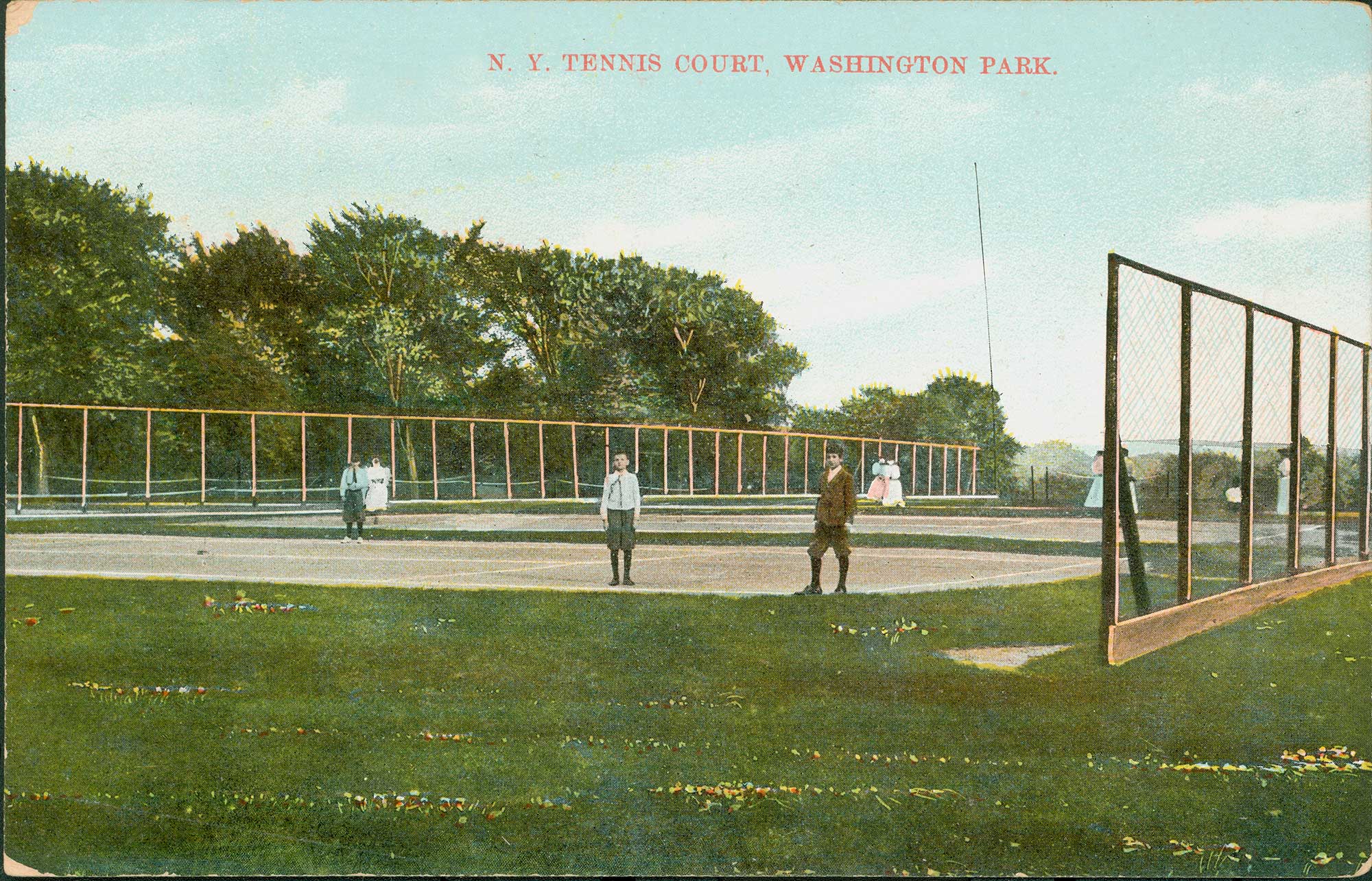Park History
About Washington Park
Created in the 1870s, Washington Park is the premier park in the city of Albany, New York and the centerpiece of the historic, mostly residential Washington Park Historic District, which received its designation on the National Register of Historic Places in 1972. Many of the buildings lining the streets facing the park were designed by some of the most famous architects of the late 19th century, including Henry Hobson Richardson.
Washington Park is an “Olmstedian” park, incorporating many of the philosophical ideals used by Frederick Law Olmsted when he designed New York City’s Central Park. Notable Park features include the Lake House, footbridge, and various monuments. The park is about 89 acres in size with a 5.2-acre lake in the southwestern corner. It contains over 100 species of trees.
As public property Washington Park dates back to Albany’s city charter of 1686, and has seen many uses including that of gunpowder storage, square/parade grounds, and cemetery.
The Park is the site of many community gatherings and festive events, such as the celebrated Tulip Festival, held in the Park each May, theater presented by Park Playhouse every summer, and all kinds of outdoor activity, including jogging, picnicking, fishing, skateboarding, games and team sports, and bird watching.
In 1998 Washington Park was named one of the nation’s 100 most important parks by the American Association of Architects. In 2008 Boston-based composer Peter Child wrote an orchestral piece inspired by the park, entitled Washington Park, which was premiered by the Albany Symphony Orchestra.
Use the navigational dots at right, scroll or click below for:
Historical Maps
Photographs
More about the History of Washington Park
- Park History Timeline, 1800-1986 (from the Washington Park Conservancy Handbook) (View PDF)
- Rules for Washington Park, 1875 (from Albany Common Council Records) (View PDF)
- Take a Look at the Parks: Changes for the Better Made by Superintendent Egerton (from the Argus Newspaper, 1891) (View PDF)
- Principal Pleasure Grounds (from the Tercentenary of Albany, 1924) (View PDF)

